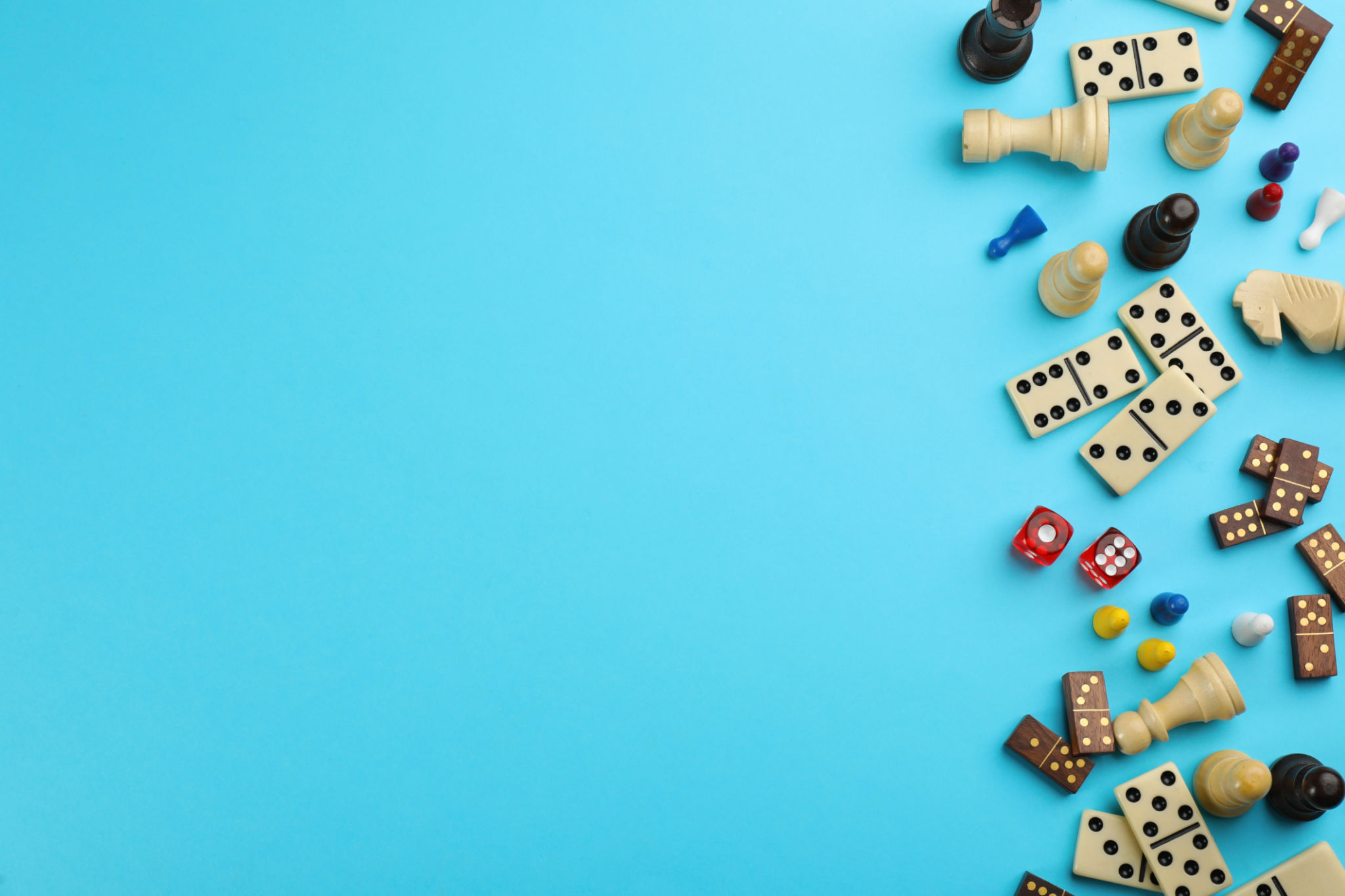DIY Tips for Creating Your Own Custom Board Game at Home
Getting Started with Your Custom Board Game
Creating your own custom board game at home can be a rewarding and creative endeavor. Whether you're designing a game for family fun night or an intricate strategy game for friends, the process is both challenging and exciting. The first step is to decide on the basic concept and theme of your game. Consider what kind of experience you want to create. Will it be cooperative, competitive, or a mix of both?
Once you have a theme in mind, think about the core mechanics of your game. This includes how players will interact with the game, what actions they can take, and what the end goals are. Write down your ideas and start sketching out how the game might flow. At this stage, it's all about brainstorming and letting your creativity run wild.

Designing the Game Board and Components
With a rough idea of your game's mechanics, it's time to design the board and components. Start by determining the layout of the board. Is it a grid-based system, or does it have free movement? Use simple materials like cardboard or paper to prototype your board. This allows you to easily make changes as you refine your design.
Next, consider what pieces or tokens you'll need. These could be player pieces, dice, cards, or any other components that make your game unique. You can repurpose items from other games or create your own using household materials. For a more polished look, consider using modeling clay or 3D printing for custom pieces.

Creating the Rules and Instructions
The rules are the backbone of your game. Drafting clear, concise instructions is essential for ensuring players understand how to play. Start by writing a simple outline that covers the objectives, setup, gameplay phases, and any special conditions. Testing your game with friends or family can help identify any unclear rules or inconsistencies.
It's important to be open to feedback during this phase. Playtesting will highlight areas that need adjustment or simplification. Remember, a well-balanced game keeps everyone engaged and ensures that no single strategy dominates.

Adding Artistic Flair
Now that you have a solid foundation for your game, it's time to focus on the visual design. Aesthetics play a significant role in the gaming experience, enhancing immersion and enjoyment. Consider the color scheme and art style that best suits your theme. You can create artwork yourself or commission artists if you're aiming for a professional look.
For DIY projects, tools like colored pencils, markers, and paints are excellent for adding detail to your board and components. If you're tech-savvy, digital design software can offer more precision and flexibility in creating graphics and layouts.
Finalizing and Packaging Your Game
Once you've refined your game's mechanics, components, and visuals, it's time to put everything together. Ensure all parts are durable and well-made to withstand repeated use. Packaging is also crucial if you plan to share your game with others. Use sturdy boxes or containers to store the board and pieces neatly.

Creating your own board game is a journey that involves creativity, patience, and problem-solving skills. Whether you're doing it for fun or as a potential business venture, the process offers endless opportunities for learning and growth. Enjoy every step of bringing your unique vision to life!
